Business Procedures Templates
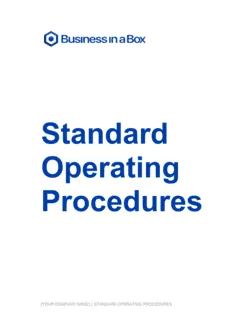
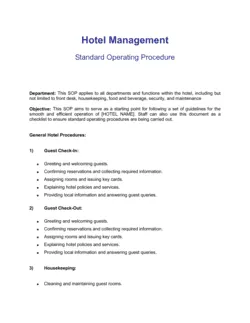
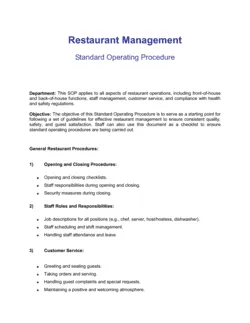
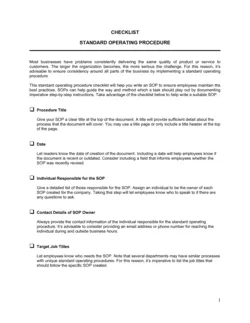
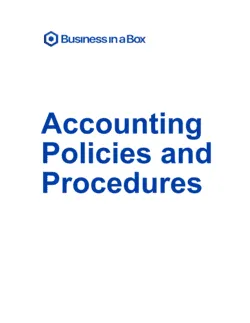
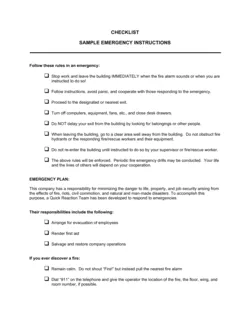
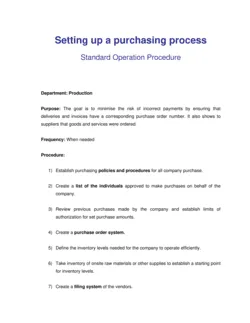
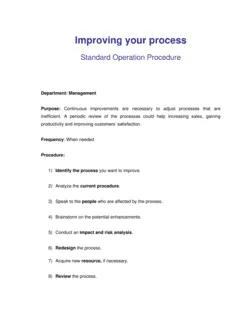
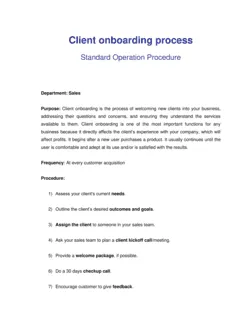
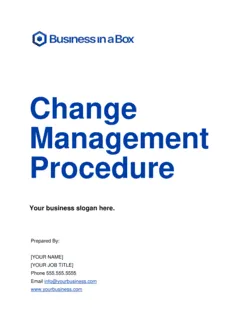
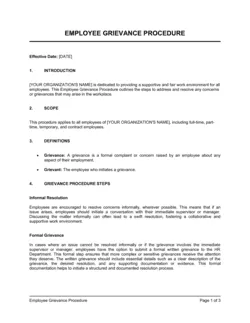
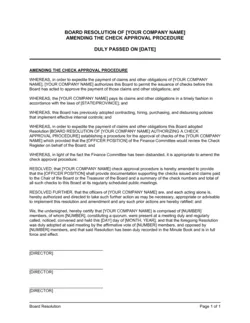
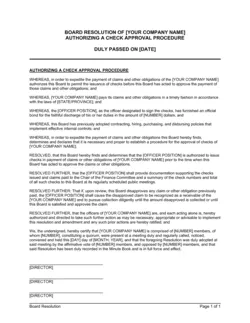
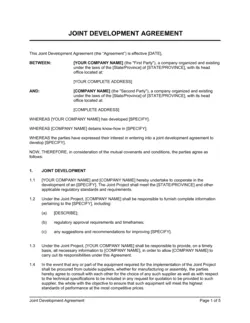
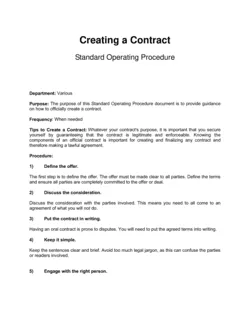
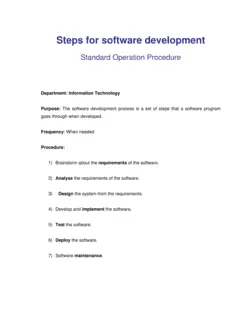
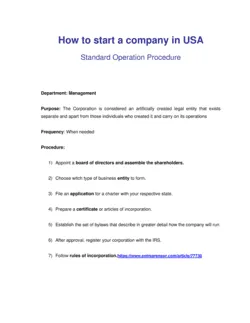
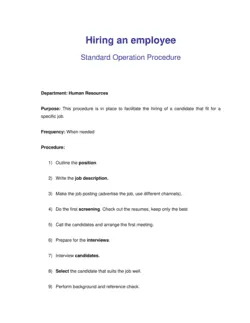
Business Procedures: A Comprehensive Guide
Do you want to ensure that your business operations are crystal clear? Do you feel like outdated processes are draining perfectly good talent?
If business process management tools have you scratching your head, you aren’t alone. IDC finds that companies lose almost a third of their revenue each year to inefficient processes. Many business leaders worry that their current business processes aren’t transferable or adaptable enough.
Regardless of your industry or size, the ultimate challenges behind process management are the same. You have to find a way to incorporate tedious tasks into your team’s daily workflow with as few kinks as possible.
Ask any experienced team leader: turning a few documents into interdepartmental cohesiveness is worth the extra effort.
Still, with so many templates available for download, how can you decide which is right for your business? How do you turn intuitive understanding into clear, specific procedures?
Fortunately, technology allows us to share the best resources available. Our comprehensive guide will give you key tips and concepts about business procedures and how to spell them out in a formal document. First, let’s go over the basics.
What is a business procedure?
A written procedure is a step-by-step guide that leads the reader through a given task. While writing a business procedure is not the same as writing business policies, both are crucial to building a strong team. Employees look to their more experienced counterparts for guidance on how to improve their work.
When used correctly, procedure manuals can offer that same guidance. They can help readers with tasks ranging from the mundane to daunting. The best part? Your senior employees won’t have to spend all their time explaining basic processes.
Key Concepts:
Business procedures help the reader understand each step of a business process and the underlying importance of following said process. Business processes tend to overlap, even in smaller businesses. By spelling them out, you can avoid miscommunication and embarrassing blunders.
The right business procedure document should reveal the pieces your staff might have been missing when completing a given task. Your business procedures should involve some or all of the following:
- A user-friendly design
- Relevant processes that work with current technology
- Written with the reader in mind
- Clear, concise formatting
- Strong action words
- Explanations and options as needed
This is key: a procedure document must be easy to read and use. A manual that needs its own guide won’t be of much use to you or your employees.
Why Write Out Basic Business Processes?
Procedure manuals are useful for just about any employment setting. A well-written business procedure can help you streamline operational processes and ensure efficiency from day one.
Whatever the “secret sauce” of your business model might be, you need a clear process to keep it consistent at every level. Your processes help everyone stick to the recipe, so to speak.
The information you provide employees will be more useful in a clear format. Not only that, but employees can actually enable more independence once staff put said procedures into practice.
The bottom line: you are more likely to meet benchmarks and build a profitable business when all pieces are working in tandem. A clear framework for daily business processes is the first step towards a stronger team.
Fortunately, you don’t have to be an expert in formatting or a wordsmith to create an amazing business procedure document. You just have to choose a template that fits your specific needs.
Types of Business Procedures Templates
The type of template should be based on the type of information you are sharing with your reader. The template can inform all team members of standard operating procedures. A standard operating procedure manual is the bread and butter of process management, giving the reader a comprehensive overview of key business processes.
Most types of business process templates are more department-specific documents.
For instance, you can outline the process of developing a marketing campaign. A new hire may have their own way of creating a marketing campaign, but you want every marketing campaign to reflect your unique business model. New hires may have learned the task intuitively in the past, perhaps overlooking their target audience when setting objectives and parameters.
Other department-specific business processes you might need to include are those used to create a sales forecast, those used to develop software, procedures on how to do inventory, or even the steps involved when hiring an employee.
Procedures That Go Beyond the Bottom Line
Documented processes don’t just help you meet your bottom line. They also help you identify kinks in your business model. Procedures that encourage critical thinking can help your business be more successful as a whole.
You can even outline more abstract processes like steps toward improving customer relationships. You don’t have to outline the exact time or place a reader utilizes this kind of procedure. Focus on the intent behind each step.
If you trust your employees, allow them to use this information as needed. While some human error is unavoidable, you can make it easier for your team to handle any changes to operations as they come. You can always review an employee’s utilization of the procedure during employee reviews or the occasional meeting.
Preparing Business Process Documents
The first step of preparing a business process document is providing a purpose statement. You are laying the groundwork for a successful process, so give this section some consideration.
A purpose statement sets the tone and gives the reader context. The purpose statement should be general enough that the reader can measure specific objectives against it.
The next step is to provide an overview of the procedure at hand. This helps the reader understand the scope of the procedure and its possible applications. Include the relevant department at the beginning of your document.
Again, keep the overview language light. You are still providing general knowledge of the procedure. It should be just specific enough that you know whether the procedure document is relevant just by reading the overview.
Set the Reader Up for Success
Once the business process is clearly introduced, you can add any relevant knowledge and skills the reader needs to implement the procedure.
Define any jargon they will encounter throughout the document. These details should prepare the reader to effectively complete the task with the same accuracy as veteran team members.
Don’t forget to highlight any potential safety precautions. Efficiency is only as important as the safety of your team members. You can also include necessary equipment or supplies the reader might use when completing the given task.
At this point, ask yourself what else the reader needs before moving forward. Should you include a cover or table of contents? What other resources might the reader need?
If you aren’t sure what else you need, check out some business procedure examples. Our team of professionals has years of experience outlining business procedures for thousands of companies like yours.
Writing Business Procedures
When outlining your procedure, you want to create a logical series of steps. The imperative voice can make your writing clear and informational. Most templates include headers to help you organize steps.
Picture the reader in action. Number each step. Start with words like “create” or “review” in your writing. Make sure the reader knows who is responsible for completing each step.
Include hints and helpful information throughout the document. Now is the time to be specific. If you can’t include all relevant information without creating clutter, link to additional resources.
You can also use infographics and other illustrations that foster understanding of the process. A good template will allow you to seamlessly incorporate visuals in your procedure document.
Check for Accuracy
As you outline your document, check the procedure for accuracy. You may want to meet with any team members expected to carry out said task. They may come up with better ways to complete the task. You can create a sense of importance and get valuable feedback while maintaining ownership.
It’s okay if you write some of the procedure and go back to make some improvements. You want this document to serve its purpose many times over.
In some cases, you may want to collaborate with team leaders when outlining processes. Those who have used said procedure effectively in the past likely know what the reader needs to succeed.
Consistency Over Style
When writing a procedure manual, there should be consistency throughout the manual. You don’t want to hamper flow with different designs or readability levels. You may want to write just below the reader’s ability, so they don’t get lost interpreting meaning. Make sure to define any unfamiliar terms or simplify wording where possible.
As for design, choose a template that allows the reader to comb through the document or brush up on specific sections, depending on their intended use. You should be able to choose a subtopic and find it quickly.
Consistent, concise bits of information can help you avoid boring the reader. After all, the reader’s ability to follow your method closely from beginning to end is paramount.
Your template should help you focus on including relevant material. After all, a snazzy design with less-than-useful information won’t help much with closing gaps in efficiency. If anything, white space is your friend. Use it to balance out print via indentation and paragraph breaks.
Testing Your Business Process
Don’t be afraid to test your sparkling new document. You need to know that readers will understand key objectives. You want to be sure that you include all necessary details, which is easiest to determine via a test run.
When testing your business procedure documents, measure it against your business goals. Documents that influence major decision-making processes must be able to grow as your business grows.
Ask yourself: does your procedure translate into efficient and effective work? Do employees constantly come back with questions? Does your team agree on the procedure’s effectiveness?
Remember: organizing and updating procedures doesn’t make your process management style stale.
As you implement your new (or updated) procedures, you’ll gain more relevant insights. You will have an easier time tracing inefficiency down to specific tasks. A leader who knows where the leak is can fix it without all the detective work.
Don’t Let Fear of Change Hold You Back
Some business leaders leave old procedures the way they are because they don’t want to rock the boat or limit creativity. Ignoring outdated procedures (or problems with new procedures) can hold even the best companies back.
If anything, transparency about processes can help foster innovation. Employees will spend less time repeating steps and more time thanking you for your efforts.
The right business procedure templates can make life easier for anyone starting or growing a business. Sign up for access to thousands of professional templates via our Business-in-a-Box toolkit. We’ll help you take your business to new heights!
